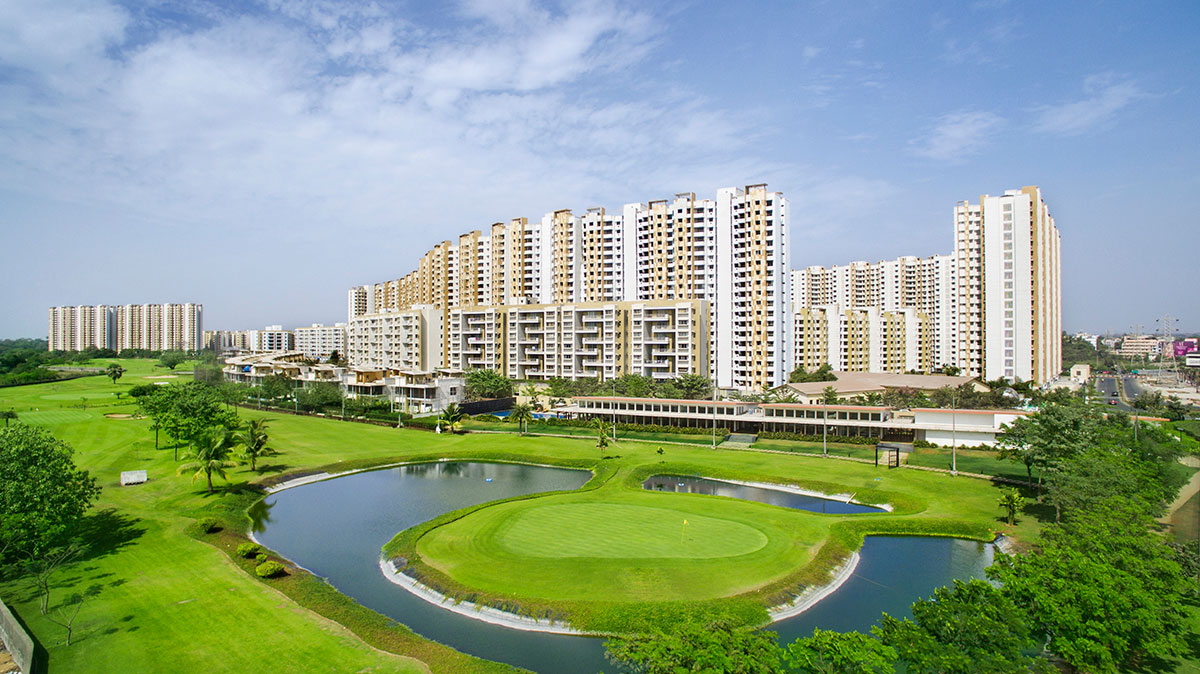
Emerging Cities Need to Integrate Engaging Touchpoints for the Citizens
septembre 25, 2018 — The Big Picture
In a country like India, where the burgeoning population is a never ending issue (the urban population is estimated to reach 600 million by 2030), there can never be enough roads to solve the problem, and needless to state the shortage of quality housing estimated at 19 million households. Moreover, with another 230 million Indians projected to move to urban centres over the next 20 years, the pace of urbanization is deemed to put a strain on the infrastructure and quality of life. Therefore, there is a critical need to not only construct more housing units, but also deploy efforts in introducing quality transportation, education and healthcare services to result in enhancement of the overall liveability quotient.
Realizing the mammoth task at hand with citizens at the heart of our strategy, Palava(planned as the sister city to Mumbai), was envisaged to address India’s urbanization challenges through a ‘pedestrian- first’ model based on four important pillars – citizens, community, technology and vision. Palava has been masterplanned with keen attention to parameters that define a livable city – location and accessibility.
Citizens
Incorporating walkability as a central design theme ensures an enhanced quality of life for residents. It allows for lesser time and cost spent on travel, a better work life balance and an enhanced focus on health and wellness. It also has clear environmental benefits with lesser carbon emissions and better air quality. Palava is designed for neighbourhood living and is planned around the 5/10/15 minute concept. Residents can walk to playgrounds, convenience retail and schools within five minutes; to health facilities and amenity spaces within 10 minutes and to parks, universities, cultural and sports facilities within 15 minutes.
The city has also charted its key economic goals of becoming a US$ 10 billion economy and creating one high-quality job per household by 2025 among other aspects. This vision will enable the concept of walk-to-work become a reality. Beyond this, the smart city hosts a multitude of soft infrastructure initiatives like schools, sports complex, art and culture facilities, with ongoing efforts to introduce top notch medical facilities and universities, thereby adding impetus to job creation.
Community
Owing to the experience from settling over a lakh homebuyers (over one hundred thousand rupees) in the 5000+ acre city, we realized the need for everyday engagement amongst citizens – driving our focus on building more common spaces. Engaging and residing within a community when coupled with an administrative layer to govern the common spaces with the help of the citizens, leads to a much more lucrative and mutually beneficial ecosystem. A study published in 2017 by Jones Lang LaSalle Property Consultants (India) (JLL) – ‘Liveability Quotient – A Paradigm Shift In India’s Emerging Cities’ reiterates the potential of emerging cities that accommodate future expansion needs of existing urban agglomerations. This reinforces the vision to build a city that eases the lives of its citizens and in a sustainable way for future generations..
Technology
In Palava, identifying, planning and building a city from scratch helpmeet these gaps through an amalgamation of multiple technological elements and soft infrastructure for a thriving and self-sustaining economy. Likewise, enabling efficient governance of the city, delivering high-quality service, and deploying state-of-the-art smart solutions to assist in daily affairs of the citizens with ease. From waste management systems, to smart meters and surveillance systems that ensure safety, all are aiding in proficient management of city’s resources.
Vision
Palava is ranked as No.1 liveable city by JLL in the same report and currently houses over 30,000 families that are prospering on a balanced ‘live-work-play-learn’ lifestyle. This has brought us a step closer to positioning Palava as a superlative model of urbanisation.
In a nutshell, building a future enabled city can only be done right through resourceful implementation of cross-learning exercise on the part of both large private township developers, and the city municipal councils, to introduce the next generation of cities that meet unprecedented scale and quality of life.